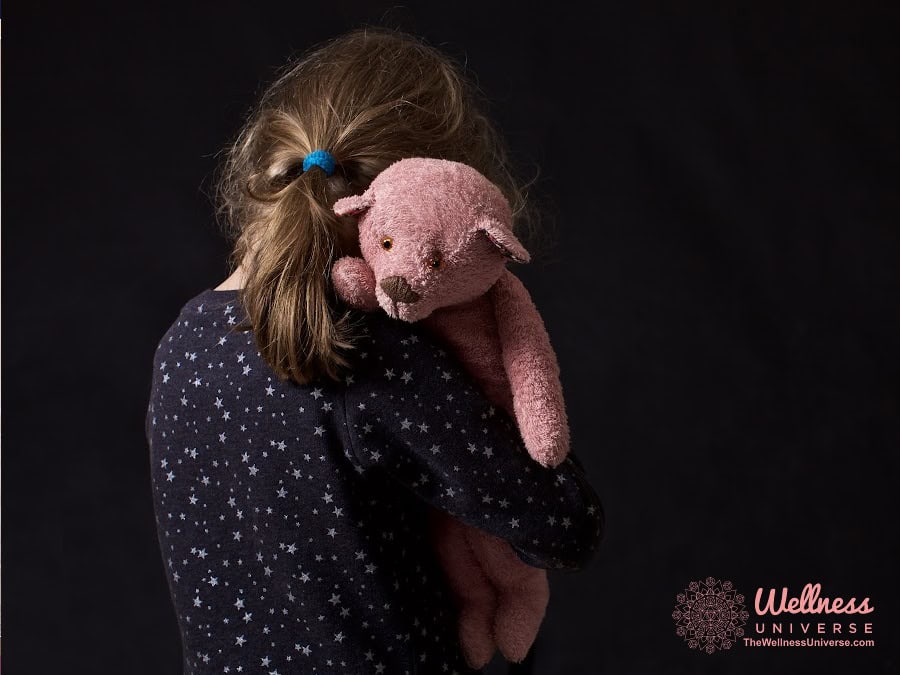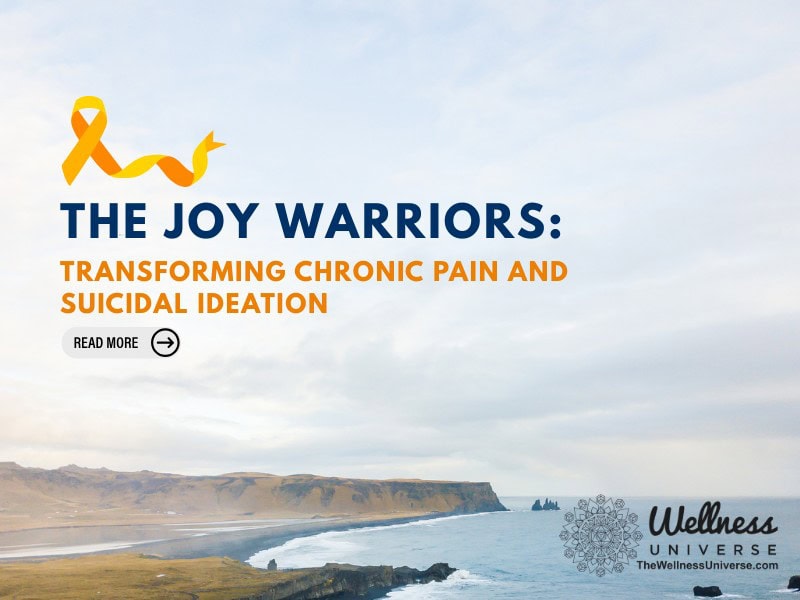Childhood amputations, whether congenital or acquired, present unique challenges that affect various aspects of a child’s life, including their physical abilities, emotional well-being, and social integration.
However, with the right support and resources, children with amputations can lead fulfilling lives and achieve their full potential.
What is an Amputation?
Congenital Amputations
These occur when a limb does not fully develop in the womb. Causes can include genetic factors, environmental influences, or unknown reasons. Common types include limb reduction defects, where parts of a limb are missing or underdeveloped.
Acquired Amputations
These result from trauma, disease, or surgical necessity. Traumatic amputations can occur due to accidents, burns, or severe injuries. Medical conditions that may lead to amputation include osteosarcoma (a type of bone cancer) or severe infections that do not respond to treatment.
Challenges Faced by Amputee Children
Physical Limitations
Children with amputations may experience physical limitations, depending on the type and extent of the amputation. They might require prosthetic limbs or other assistive devices to perform daily activities. These physical limitations can impact their ability to participate in sports and other physical activities, affecting their overall fitness and well-being.
Emotional and Psychological Impact
The emotional and psychological impact of amputation can be significant. Children may struggle with self-esteem, body image, and feelings of loss or frustration. The visible difference can lead to self-consciousness and affect their social interactions, potentially leading to isolation or bullying.
Educational Barriers
Educational barriers can arise if schools are not adequately equipped to accommodate children with amputations. They may need modifications to their environment, such as accessible classrooms and restrooms. They may also require extra time for certain tasks and adaptations to participate fully in physical education classes.
Supporting Children with Amputations
Medical Care and Rehabilitation
A multidisciplinary approach involving pediatricians, orthopedic surgeons, prosthetists, physical therapists, and occupational therapists can provide comprehensive care. Regular follow-ups are necessary to adjust prosthetics as the child grows and to monitor for any complications.
Physical therapy focuses on improving strength, mobility, and balance, while occupational therapy helps children develop the skills needed for daily activities.
Rehabilitation programs should be individualized to address the specific needs of each child, promote independence, and enhance their quality of life.
Prosthetics and Assistive Devices
Prosthetics and assistive devices play a vital role in helping children with amputations regain functionality and independence. Modern prosthetics are designed to be both functional and comfortable, allowing children to perform a wide range of activities.
Assistive devices, such as adaptive sports equipment, can also enable children to participate in physical activities and sports. Providing children with opportunities to engage in sports and recreation can boost their confidence and help them develop a sense of normalcy.
Educational Support
Educators should be aware of the potential challenges faced by children with amputations and accommodate their needs. This can include making classrooms accessible, providing assistive technologies, and adapting physical education activities.
Collaboration between teachers, special education professionals, and parents is crucial for developing individualized education plans (IEPs) that address the child’s specific needs.
Schools should also offer professional development for teachers to help them understand and implement inclusive teaching strategies.
Social Integration
Encouraging social interaction and inclusion is important for the overall well-being of children with amputations. Activities that involve both able-bodied and disabled children can promote understanding and acceptance.
Peer education programs can help classmates understand the condition and how to support their peers with amputations.
Social skills training can also be beneficial in helping children with amputations navigate social situations and build relationships.
Inclusive extracurricular activities, such as adaptive sports, arts and crafts, and social clubs, can provide opportunities for children with amputations to interact with their peers and develop friendships.
Community events and support groups can also play a role in fostering social connections and reducing feelings of isolation.
Creating an Accessible Environment
Creating an accessible home and school environment is essential for children with amputations. This includes installing ramps, widening doorways, and ensuring that bathrooms and other facilities are accessible.
Simple adaptations, such as rearranging furniture for easy navigation and using adaptive equipment in the kitchen and bathroom, can make a significant difference in the child’s ability to perform daily tasks independently.
Ensuring that the school environment is accessible and accommodating to their needs, including providing appropriate seating arrangements and accessible transportation, is equally important.
Encouraging Independence
Using adaptive tools and consistent routines can help children develop basic daily living skills more easily. Encouraging children to take on age-appropriate responsibilities, such as chores or managing their own schoolwork, can also foster a sense of independence and self-worth. It’s important for caregivers to provide guidance and support while allowing children to take the lead in their own care, helping them develop problem-solving skills and a sense of autonomy.
Emotional Support
Children with amputations may experience feelings of frustration, isolation, or low self-esteem due to their physical limitations. Open communication, patience, and positive reinforcement can help them cope with their emotions.
Support groups and counseling can also provide a safe space for children and their families to share experiences and receive guidance.
It’s important for caregivers to be attuned to the child’s emotional needs and to provide encouragement and reassurance. Helping children build a positive self-image and develop coping strategies for dealing with challenges can greatly enhance their emotional well-being.
Providing opportunities for social interaction and peer support can also help children with amputations feel less isolated and more connected to their community.
Community and Societal Support
Advocacy and Awareness
Advocacy organizations can provide resources, support networks, and policy advocacy to benefit individuals with amputations.
Community awareness campaigns, educational workshops, and media coverage can help inform the public about amputations and the importance of inclusivity.
Policymakers and community leaders should also work to ensure that public spaces, transportation systems, and recreational facilities are accessible to individuals with disabilities.
Access to Resources
Communities should work towards making resources such as medical care, prosthetics, assistive technologies, and educational services available and affordable for families.
Financial assistance programs and insurance coverage can help alleviate the costs associated with medical care and prosthetic devices.
Schools and community organizations should also collaborate to provide extracurricular programs and recreational activities that are inclusive and accessible to children with amputations.
Case Studies and Success Stories
Highlighting success stories and case studies of children with amputations who have achieved remarkable milestones can inspire and motivate others.
For example, consider this inspiring case: that of Jordan Reeves, a young girl born with a limb difference who invented her own prosthetic that shoots glitter, demonstrating creativity and innovation. Her achievements highlight the importance of fostering a supportive environment where children with amputations can explore their interests and talents.
Supporting children with amputations requires a concerted effort from all sectors of society to ensure that these children have access to the opportunities and support they need. The journey involves continuous learning, adaptation, and collaboration, but the outcomes are profoundly rewarding for the children, their families, and society as a whole.
All information, content, and material are for informational purposes only and are not intended to serve as a substitute for the consultation, diagnosis, and/or medical treatment of a qualified physician or healthcare provider. The information supplied through or on this page, or by any representative or agent of The Wellness Universe, is for informational purposes only and does not constitute medical, legal, or other professional advice. Health-related information provided through this website is not a substitute for medical advice and should not be used to diagnose or treat health problems or to prescribe any medical devices or other remedies. The Wellness Universe reserves the right to remove, edit, move, or close any content item for any reason, including, but not limited to, comments that are in violation of the laws and regulations formed pursuant to the Federal Food, Drug, and Cosmetic Act. None of the posts and articles on The Wellness Universe page may be reprinted without express written permission.
Creating Joyful Relationships
Dispelling the myths and fairy tales about what Love is so that you can learn to live more from your authentic Self. Learn how to understand and deeply experience our essential nature to live, love, and thrive beyond the programming and conditioning of what we absorbed growing up and what we were told about who we should be.
Catch the replay – https://bit.ly/CreatingJoyfulRelationships

See how our self-care books are helping thousands of people around the world. Digital and paperback books are available now.
Connect to the people that help you live your best life: The Wellness Universe
The Wellness Universe is your resource for health, wellness, well-being, and transformation. We serve and support professionals who make the world a better place and individuals and groups who seek their best life.
A woman owned company; having the vision in 2013, Anna Pereira launched the first directory in 2015 bringing together a community of members making the world a better place to be found by those seeking their best life. The Wellness Universe has grown since then to be a one-stop shop for total wellness support! We are a vetted community, online directory, book publisher, resource center, event producer, content platform, and so much more, supporting whole-health and well-being on a global scale.
The Wellness Universe is a home that connects industry professionals in the health, wellness, and well-being fields to seekers of total well-being. WU provides our WU World-Changer members with peer support, Wellness Universe produced events (live and online), projects, visibility, business mentoring, and community. Through The Wellness Universe our WU World-Changer members serve WU Friends, seekers of health, wellness and transformation, with coaching, workshops, content and more.
The Wellness Universe provides individuals and groups seeking their best lives with access to our members, wellness content, educational resources, and guidance in all areas of wellness to transform visions of how they want to live life into the life they experience.
Through the directory, WU Featured Blog, SoulTreat wellness retreat, Self-Care Books, group well-being programs, and online learning center, The Lounge, The Wellness Universe provides many avenues to support whole health, mind, body, spirit and planet.
Join us today! Wellness Professional or Seeker of Your Best Life





